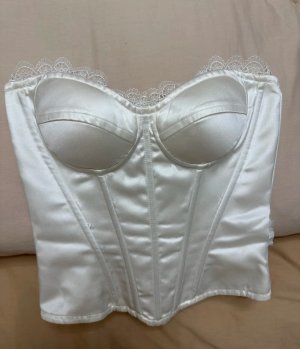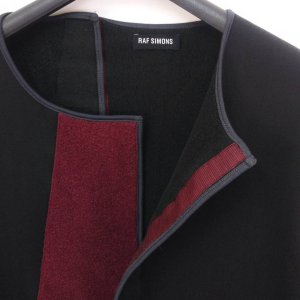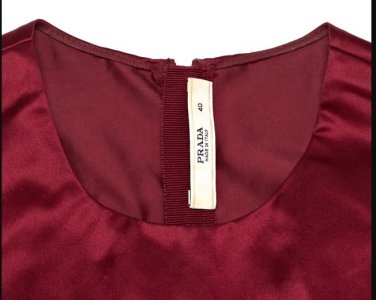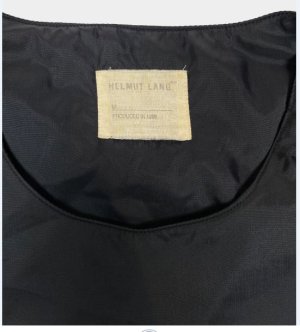nationalsalt
Member
- Joined
- Apr 23, 2024
- Messages
- 18
- Reaction score
- 11
Aside from quality fabrics and tailoring, what are the little details you notice in luxury clothing that separate them from the pack?
Be it zippers, buttons, linings, hems, stitching types or other tricks that may go unnoticed to the casual observer, but which make a big difference to the quality of the item.
Be it zippers, buttons, linings, hems, stitching types or other tricks that may go unnoticed to the casual observer, but which make a big difference to the quality of the item.






